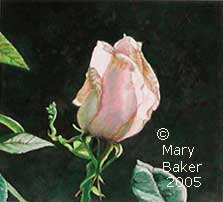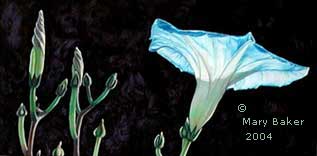Why Blog? It’s a question that intrigues me.
1) Commercial reasons. People have figured out that blogging helps their websites in a number of ways to the point where blogging is now being abused and we now have splogging (spam-blogging). Bound to happen.
2) Opinions on all and sundry. Yes, of course.
3) Personal stuff for a variety of reasons. Absolutely.
4) Medium is easy and inexpensive to use. Even someone extremely un-techno-savvy can figure it out. (If I can, believe me, you can too.)
But why do we really blog?
So this is what is going around in my head about that question at the moment: In a fractured world, where families are scattered and often torn, maybe it’s a way for people to hope that someone witnesses their life.
I may be wrong, but I don’t think most people sit down at their computer and think, “Well, thousands of people are now going to read this post.” Most people think that maybe someone might read a post and are very surprised when a number of people do. I know I am.
Maybe blogging in its true sense, not its commercial use, is a way of connecting to a world that seems increasingly huge; a way of leaving a mark of some sort in a world, that because of the Internet, is obviously and overwhelmingly bigger than the street and neighborhood where we live.
Maybe blogging is an attempt to make the vast and impersonal Internet, personal; a way to try and gain some control over what is the increasingly uncontrollable (Google–8 billion pages and growing.)
An interesting question– “Why do we really blog?”

